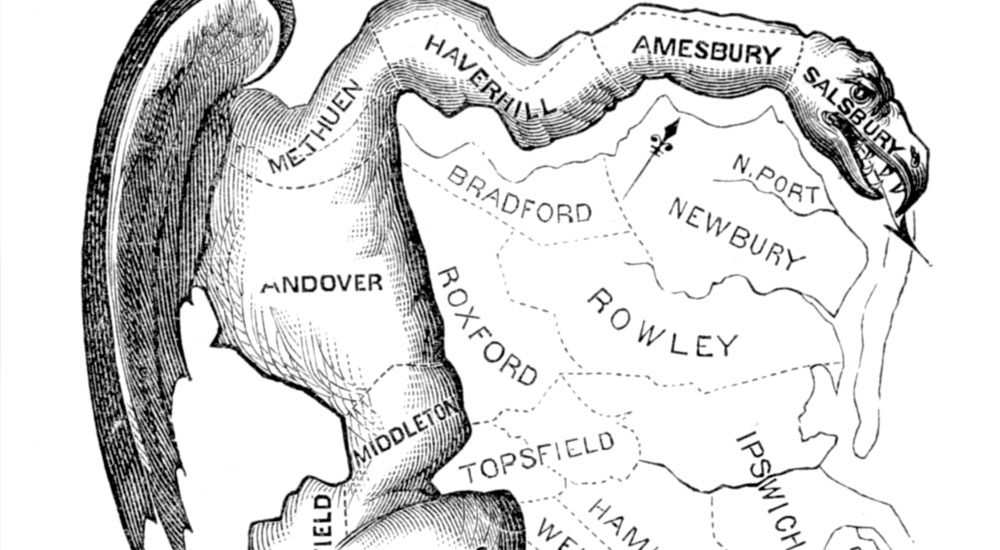Dwayne Yancey over at Cardinal News (which you should check out) opines about the condition of the new Virginia redistricting maps — specifically how Democratic representation in the western half of Virginia is being eroded to the point of non-existence:
Here’s the big shocker: Even the Democratic mapmakers would eliminate the only two Democratic state Senate seats west of the Blue Ridge. Who would have suspected that even Democrats – who hold just a two-seat margin in the state Senate – would so easily toss Creigh Deeds and John Edwards overboard? (To be precise, only Edwards district would turn red; most of Deeds’ district would stay Democratic, it would just stay east of the Blue Ridge around Charlottesville while Deeds would find himself in a strongly Republican district west of the Blue Ridge). Republicans may not like other parts of the Democratic Senate map but they might want to go ahead and say the part west of Charlottesville is just hunky-dory.
Critics of so-called non-partisan redistricting warned about precisely this scenario, where non-partisan maps would in fact be and become partisan at the end of the day.
Considering Virginia as regions, the gerrymandered lines in southwest Virginia at the very least took a region that was 65-35 and permitted a handful of Democratic voices to co-exist among a sea of red counties. Likewise in Northern Virginia, to have even one or two Republicans among a sea of blue — and in NOVA, this is more difficult to do in a geographically dense region — would be a bit more representative of the region as a whole.
The non-partisan redistricting process with its emphasis on regional constituencies has not clarified, but rather muddied the waters.
Of course, the mantra of non-partisan redistricting was to provide a system where constituencies pick their elected officials and not the other way around. Laudable to be sure, and perhaps what we are seeing is a temporary albeit painful catharsis that will be less partisan and more reflective.
This having been said, it is difficult to avoid Yancey’s wider critique:
The geography in those last two districts seems weird but many of the other districts I’ve just described are logically shaped, geographically, which raises a question: Is that really what people want? Is it more logical for Democratic voters in Roanoke to be in the same district with their Republican neighbors in Roanoke County, or more logical for those Democratic voters in Roanoke to be in the same district with Democratic voters in Blacksburg? There’s an ideological community of interest, to be sure, but it can only be achieved through gerrymandering – which is what this commission was set up to prevent. So should a “community of interest” be defined ideologically or geographically?
Of course, this is where urban centers struggle as they grope into the exurbs for critical mass. Yet notice where there is a different phenomena with the Democratic districts vs. the Republican ones. Where both lines take into account geography, the Democratic lines — though red now — are the lines that show the most potential for suburbanization and “bluing” over time, whereas the Republican districts use the suburbs as the frontier against rural centered cores.
Clever on both sides, to be sure. Which one is more representative of the values of a community of interest over time? Who knows…
In an ideal system, one would simply vote for a party slate. Each party would list 100 names, and the party that gets a certain percentage of the vote — say 40% — would get the first 40 names as representatives. While ideologically uniform, it wouldn’t necessarily be regionally uniform (i.e. every candidate could be from Arlington).
The redistricting commission continues its work while Republicans and Democrats continue to watch from afar. Yet more interesting to outside observers is the flip-flop from Democrats who at first supported redistricting (while in the minority) only to reverse entirely while in the majority; from supporting “constituents should select their elected officials” to branding such methods as racial injustice (sic).
So it goes, folks.

